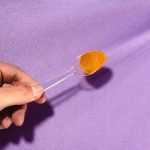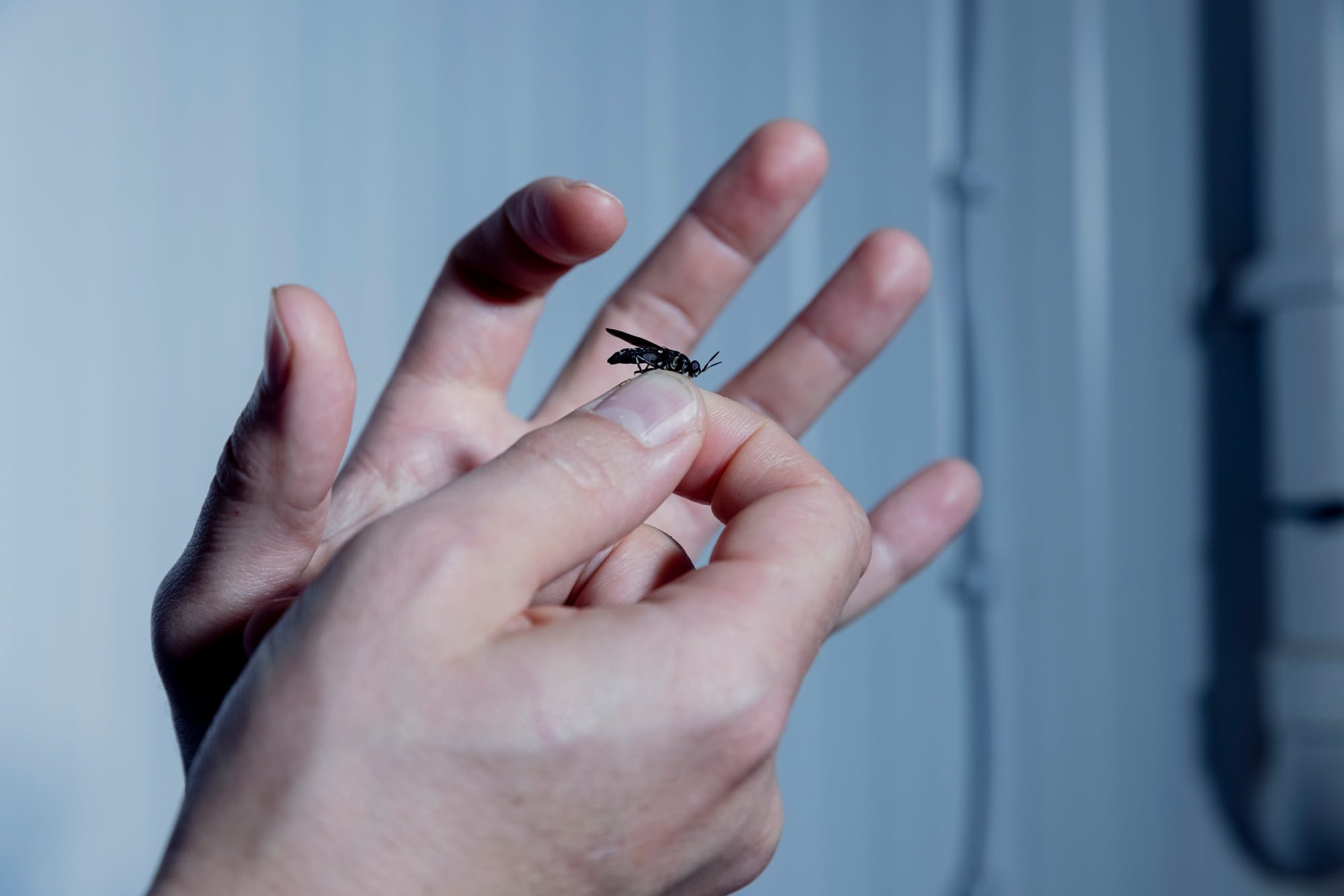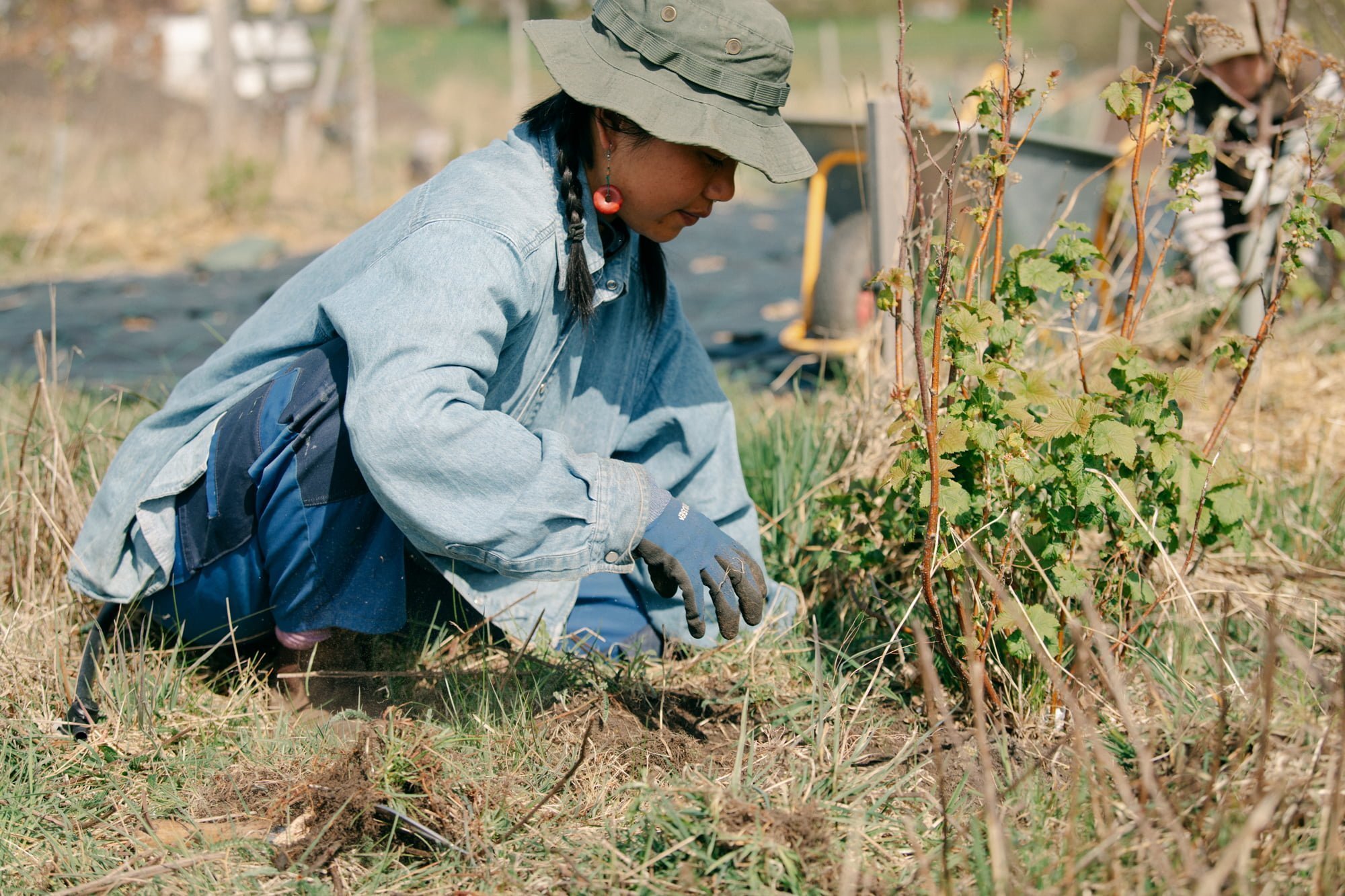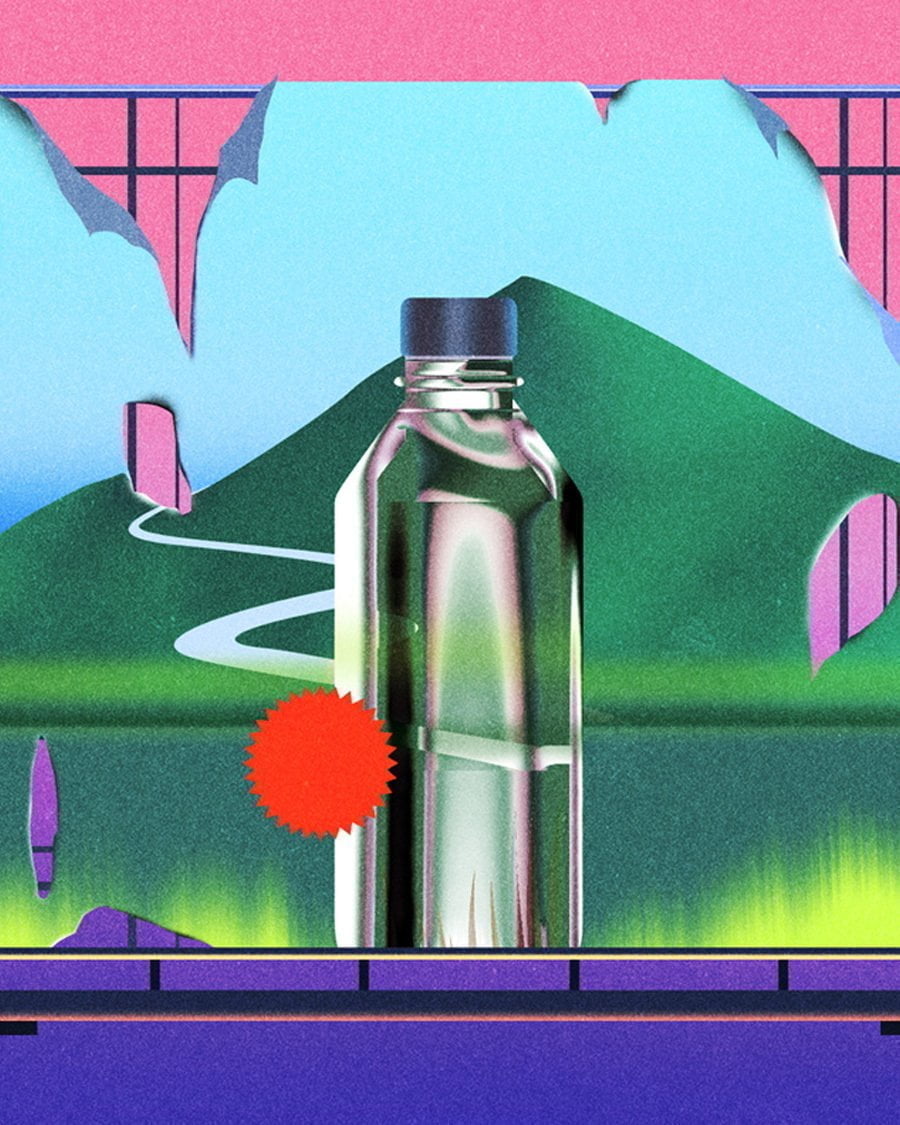A Singapore restaurant is serving a unique ice cream made with a special ingredient billed as the world’s most sustainable protein. We were among the first to try some.
It’s not the first place you’d expect to find space-age snacks.
Like so many other Mediterranean-style restaurants, Singapore’s Fico trades on its roots and heritage. At this white-washed beachside eatery, 32-year-old Italian chef Mirko Febbrile ties bundles of plump tomatoes, garlic bulbs and blooming purple artichoke to a wooden rail that hangs above the kitchen. At the back, facing the water, is a picturesque ice cream parlour. But right here, overlooking the Straits of Singapore, they’re serving something that’s not available anywhere else. It’s a space age ice cream, which contains the world’s most sustainable protein – made from “thin air”.
This substance, which starts with microbes from a lake in Finland, is called Solein. Nowhere else on Earth is it being served to the public. Singapore was the first country in the world to allow cultivated meat to be sold to the public, and now it is giving its citizens the chance to try Solein is a protein made from microbes fed with minerals such as magnesium, manganese and potassium, plus hydrogen and carbon dioxide, which can be extracted from the air. Created in what looks like a microbrewery at the Solar Foods factory in Lappeenranta, Finland, the power-packed protein is now being turned into gelato, pasta and miso soup by chefs in Singapore.
So what’s it like?
In the restaurant, I find myself looking at a martini glass filled with a powder the colour of turmeric. Febbrile wanted me to see the protein in its original form before I tried the ground-breaking ice cream. This rich orange colour is the natural carotene found in the microbe. You would think that a powder with such a striking colour would have a powerful punch, but it doesn’t. It was maybe buttery and nutty, but it’s subtle. What hit me more was the texture – instead of dissolving straightaway it has a sticky quality, like bread flour.
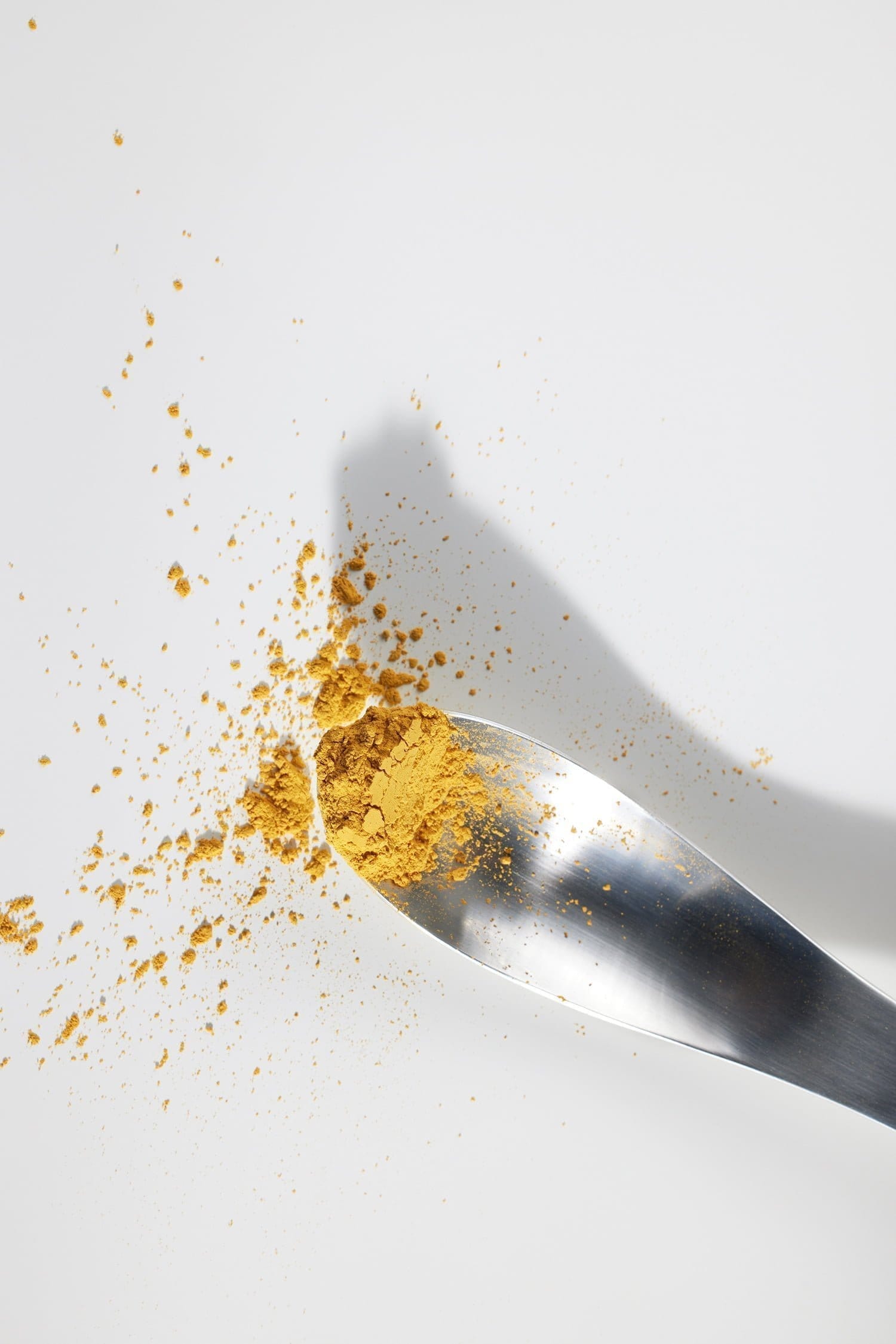
Solein in its purest form.
As I took a sip of water to cleanse my palate, Febbrile was in the ice cream parlour busy churning a batch of fresh chocolate ice cream. Taking a silver ice cream scoop, the chef swirled it around the freshly churned ice cream then set a firm ball of gelato in a silver dish for me to try. It looked rich, glossy and creamy. The orange powder had disappeared and had been replaced by a rich cocoa-coloured sphere. Each scoop of ice cream contains four to eight per cent Solein. (You only need a little, as Solein contains around 68 per cent protein, similar to dried beef.)
“Solein has been given the nod by NASA as a potential food for future space missions”
When I dug my spoon in, it looked unbelievably creamy. This was more astounding when Febbrile told me what was in the ingredients. “It’s made with just water, chocolate and Solein,” Febbrile said. “No milk, no eggs.” So, the ‘cream’ in ice cream was missing. In its place was a sustainable protein that is so revolutionary, it has now been given the nod by NASA as a potential food for future space missions.
However, back on Earth and standing in the hot Singapore sunshine, I was more than ready to try the cool gelato. It tasted as rich as it looked, it was a smooth as butter and it had the bitter taste that comes with an expensive dark chocolate. In fact, it was so rich, I could have almost shared the serving… almost. But more importantly, it didn’t taste like I was eating a microbe from a Finnish lake. Thtere was no aftertaste. If it had been placed next to any other high end ice cream brand, I wouldn’t have been able to tell them apart.
Food: the final frontier
Launching with a chocolate variety was deliberate said Febbrile to help people adapt to the new protein. If he had used a vanilla flavour, Febbrile said the Solein flavour would have shone through. “Chocolate is also nutty and buttery and creamy and umami, so it kind of married the flavour profile,” Febbrile said.
While Febbrile sells the Solein chocolate gelato for five Singapore dollars (about €3.40), he adds it is still an expensive ingredient. He doesn’t make a profit on this ice cream. But his aim is to put the sustainable product into the hands of customers. And to underline the sustainability message, he gives a complimentary serving to guests who have cycled 15 kilometres or more to the restaurant.

However, when Solar Foods approached the sustainability-minded Lo & Behold Group, which owns Febbrile’s new restaurant, the chef admits he initially had his concerns in serving a food tech product in a restaurant he’d modelled on farmhouses of his homeland Puglia.
“The colour is a bit deceiving,” Febbrile said. “My first thought was maybe I am limited in what I can make with it. I’m also a very visual person so I don’t want my food to look yellow all the time. But once I’d tasted it the ingredient, I could see there were opportunities to play with it.”
The protein has a binding quality, which means it can easily be used as an alternative to an egg, so the Italian chef started by trialling it in pasta. “My recipe usually includes semolina flour and egg yolks. This time I just blended the Solein powder with water,” said Febrille. “It came out right the first trial. The colour looks the same, when I cooked it, the texture was al dente. I was like ‘wow, this is great’. I didn’t even try it a second time.”
“The good part about Solein is it’s relatively neutral and easy to manipulate into various formats.”
Oliver Truesdale-Justra
The chef liked Solein because it was a new protein that wasn’t imitating one particular food item. Solein can be used as a dairy alternative, a meat alternative and can also be used to fortify foods, such as breakfast cereal.
“There’s always an excitement when you bring in your ingredients, which could be beautiful scallops or a nice cabbage,” said Febbrile. “I had the same happy feeling with Solein because it didn’t compromise [my dishes].”
Chef Oliver Truesdale-Justra’s sustainable food consultancy Re:Growth works with Lo & Behold, and he also chairs Singapore’s food sustainability council. He appreciated the subtle taste of Solein. Truesdale-Justra said that some alternative proteins have strong flavours, making them difficult to work into food: “The ones that are based on legumes have a very significant back palate for me. The good part about Solein is it’s relatively neutral and easy to manipulate into various formats.”
Growing food without farming
When Solar Foods’ new factory opens at the end of the year, it will be able to produce 100 tonnes a year, says CEO Pasi Vainikka. That’s enough for one million meals. The increase in scale will also mean Solar Foods can get the cost down to €10 per kilogram, which the co-founder says makes it competitive with pea and soy protein.
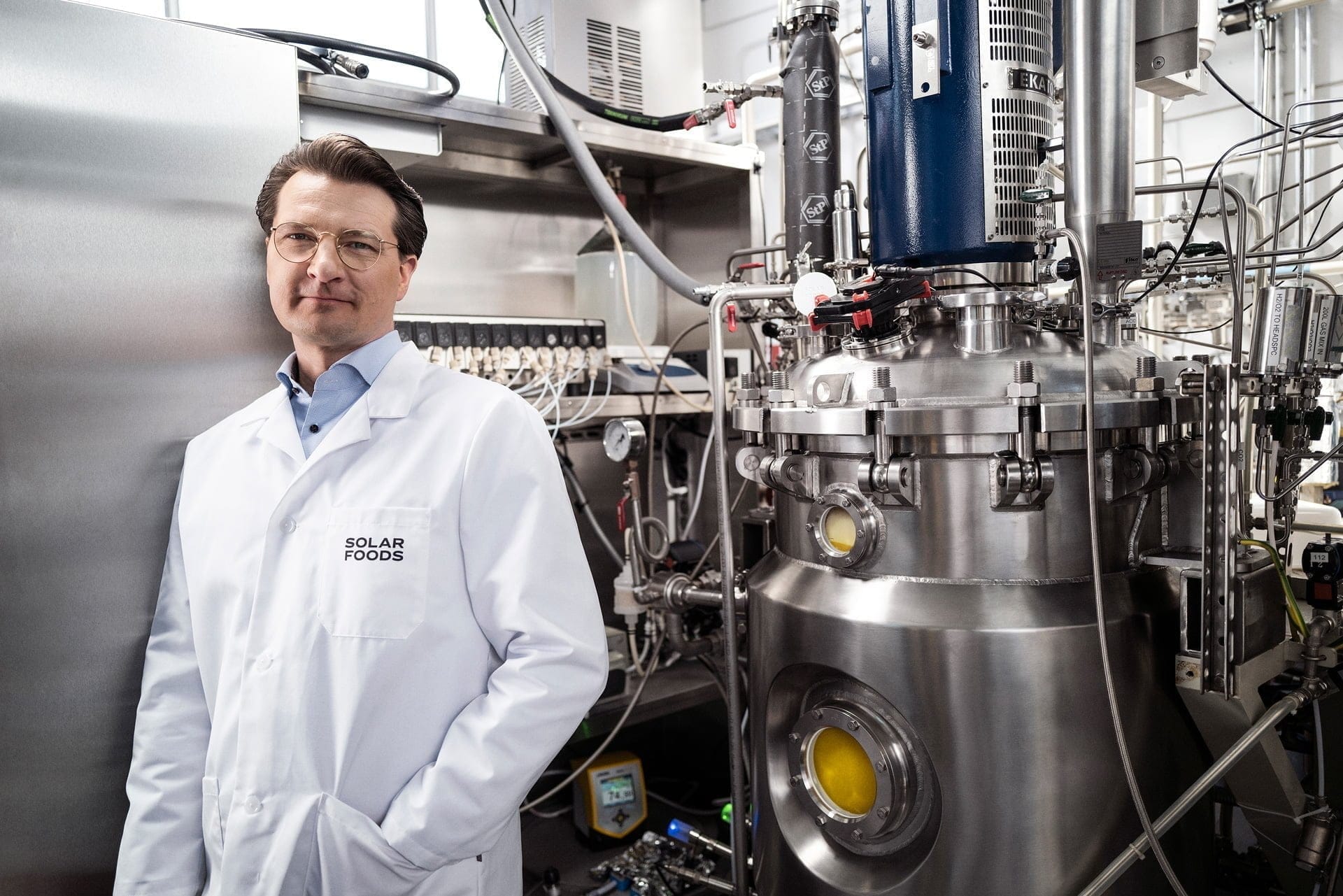
The new factory will also help Solar Foods show how adaptable Solein is. The microbes grow while suspended in a tank filled with water and are fed mineral salts and gases. The Solar Foods team can use water from the tap to fill the bioreactor, but they can also take it from the air. At its new factory they have installed an air capture device for carbon dioxide and water. “When we are in the areas of the world where there is a lot of water available, it is not worthwhile to milk the air for water, but that can be done,” said Vainikka. This means that Solein can be created anywhere. potentially even in a shipping container or off-grid in the middle of the desert.
Solein is the first microbe food tech that Solar Foods is launching on the market and there are more to come. Now that the United States has given approval to sell cultured meat to the public, the company also plans to sell Solein in the US by the end of 2024. Vainikka said the aim isn’t to replace traditional farming, but to work alongside it. “Farms aren’t going anywhere,” said Vainikka. “They can reduce their volumes and brand their products at a higher price. Both current agriculture and new technologies can coincide.”
What you can do
Discover how much you can reduce your impact by eating differently.
Find out moreTHE FUTURE OF FOOD
